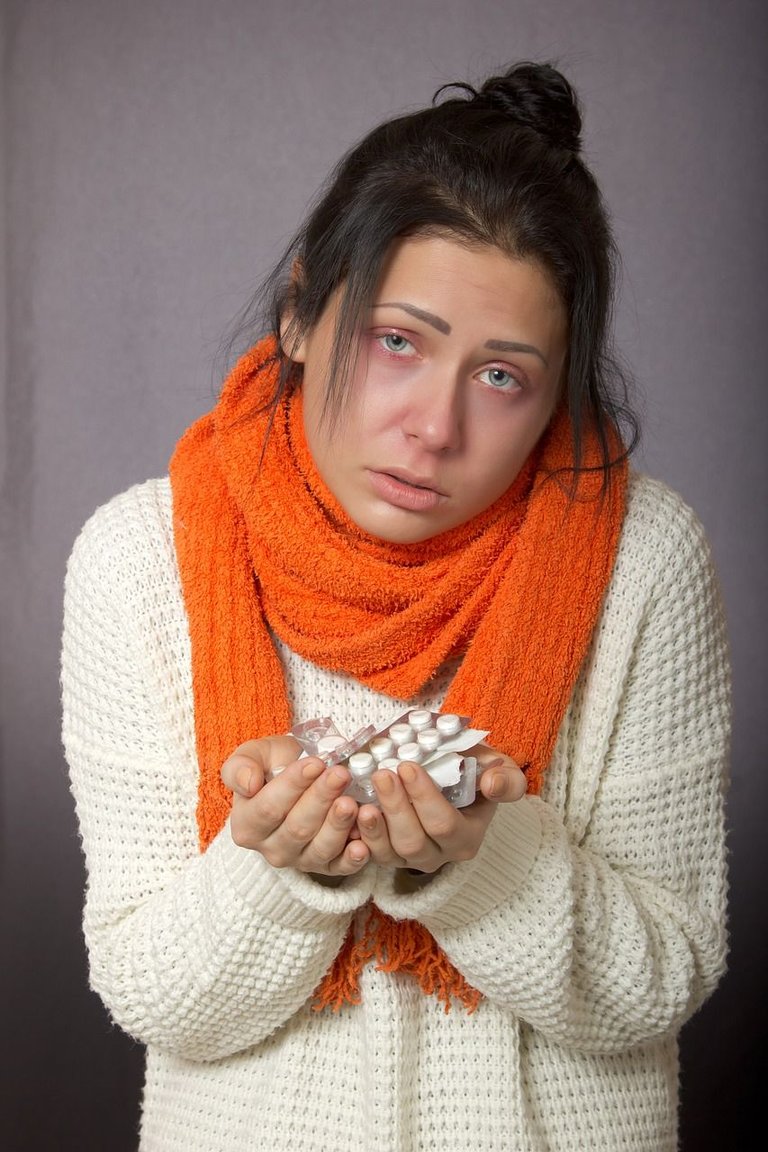In the early 1970s, a big change happened in how doctors saw bacterial infections and antibiotic resistance. Before that, they thought many antimicrobial drugs could cure almost all bacterial infections. But then, they got worried when bacteria like Staphylococcus aureus, Streptococcus pneumoniae, Pseudomonas aeruginosa, and Mycobacterium tuberculosis started resisting multiple antibiotics. This happened because people were using antimicrobials too much, sometimes when they didn't need them. Bacteria that resisted antibiotics could travel around the world with people.
Even though we learned a lot about why bacteria became resistant to drugs, we still didn't have good new medicines. This was a big problem for bacteria like pneumococci, enterococci, and staphylococci. Many of these bugs couldn't be killed by several drugs, and Staphylococcus aureus was the worst. It could cause dangerous infections that killed a lot of people, even though we had good drugs. For example, about 20-40% of people with Staphylococcus aureus in their blood died from it. This bug was also causing many infections in hospitals and communities.
The Staphylococcus aureus bacteria in intensive care units and blood samples from around the world were getting good at resisting drugs. They were becoming immune to more drugs, and it was happening fast.
Penicillin was one of the first drugs that Staphylococcus aureus resisted. When penicillin first came out in the 1940s, it was great at treating staphylococcal infections. But by the late 1960s, more than 80% of these bugs couldn't be killed by penicillin anymore. The resistant bugs were spreading everywhere.
One reason penicillin stopped working was because of a gene called blaZ. It made an enzyme called β-lactamase, which broke penicillin. Other genes, like antirepressor blaR1 and repressor blaI, controlled this one.
Methicillin was another drug that Staphylococcus aureus started resisting in 1961. This was a big problem because infections caused by MRSA (methicillin-resistant Staphylococcus aureus) were harder to treat. People with MRSA got sicker and had a worse chance of getting better. The gene mecA made MRSA resistant to methicillin, and it was part of a genetic thing called SCCmec. Different types of SCCmec could be big or small, from 21 to 67 kb. MRSA was spreading all over the world, and it seemed like it got mecA from other staphylococcal bugs.
Quinolone resistance was another issue. MRSA bugs were more likely to have this resistance, and it happened because of changes in the bacteria's DNA. This change made the drugs not work.
Vancomycin was a big deal because it was the last option for treating MRSA infections when other drugs didn't work. But some Staphylococcus bugs started resisting it too. There were two kinds of resistance: VISA (vancomycin intermediate-resistant S. aureus) and VRSA (vancomycin-resistant S. aureus). VISA bugs changed their cell walls, so vancomycin couldn't get in. VRSA bugs got a piece of DNA from another kind of bacteria called Enterococcus faecalis, which made vancomycin not work.
As we were running out of new drugs, scientists and doctors started looking for new ways to fight these bacteria and resistance. They tried making new drugs like quinupristin-dalfopristin, linezolid, and daptomycin to kill staphylococci that were resistant to other drugs. They also looked into changing existing drugs like glycopeptides, carbapenems, oxazolidinones, quinolones, and tetracyclines to work against staphylococci.
Scientists also searched for new targets to attack in the bacteria. They used a lot of genetic information and tests to find the important parts of the bacteria that they needed to kill. They even looked at how the bacteria acted inside the body when someone was sick. They also tried to change the structure of drug targets and made new compounds to fight the bugs.
Some people thought about ways to stop the bacteria from causing infections in the first place. They tried things like using special medicines in the nose to kill Staphylococcus aureus. But they also explored new drugs like endopeptidase, lysostaphin, or phage lytic enzymes. There were also vaccines being studied to prevent Staphylococcus aureus infections. Some vaccines targeted parts of the bacteria that helped them cause infections.
In a world where microbes waged their microscopic wars, Humans wielded antibiotics, opening unseen doors. Yet, in their triumph, they danced on a perilous ledge, for antimicrobial abuse awakened a lurking dread. The superbugs, once vanquished, began to rise, defying our drugs, unveiling their grim surprise. With resistance their shield, they grew stronger each day, A threat to our health in a fearsome array. The dangers of antimicrobial abuse, we must heed, for the era of miracle drugs may sow a dire seed.
Let wisdom guide our hand in this microbial fight, to preserve our defenses and keep infections out of sight. In our hands lies the power, the choice to restrain, to protect the antibiotics, we must break this chain. For if we abuse these weapons, ignoring the call, the peril of untreatable infections awaits us all. So let us unite in this epic quest, to safeguard our future, let our resolve be the best.
In the battle against resistance, we must never lose, for the dangers of antimicrobial abuse are ours to defuse.
THANK YOU FOR STOPPING BY! UNTIL NEXT TIME, FOR NOW BYE BYE
read more:
- Andersson, D. I. (2003). Persistence of antibiotic resistant bacteria. Current opinion in microbiology, 6(5), 452-456.
- Finland, M. (1955). Emergence of antibiotic-resistant bacteria. New England Journal of Medicine, 253(23), 1019-1028.
- Gupta, A., Mumtaz, S., Li, C. H., Hussain, I., & Rotello, V. M. (2019). Combatting antibiotic-resistant bacteria using nanomaterials. Chemical Society Reviews, 48(2), 415-427.

First time I am hearing about this drug name though
Thanks for your contribution to the STEMsocial community. Feel free to join us on discord to get to know the rest of us!
Please consider delegating to the @stemsocial account (85% of the curation rewards are returned).
You may also include @stemsocial as a beneficiary of the rewards of this post to get a stronger support.